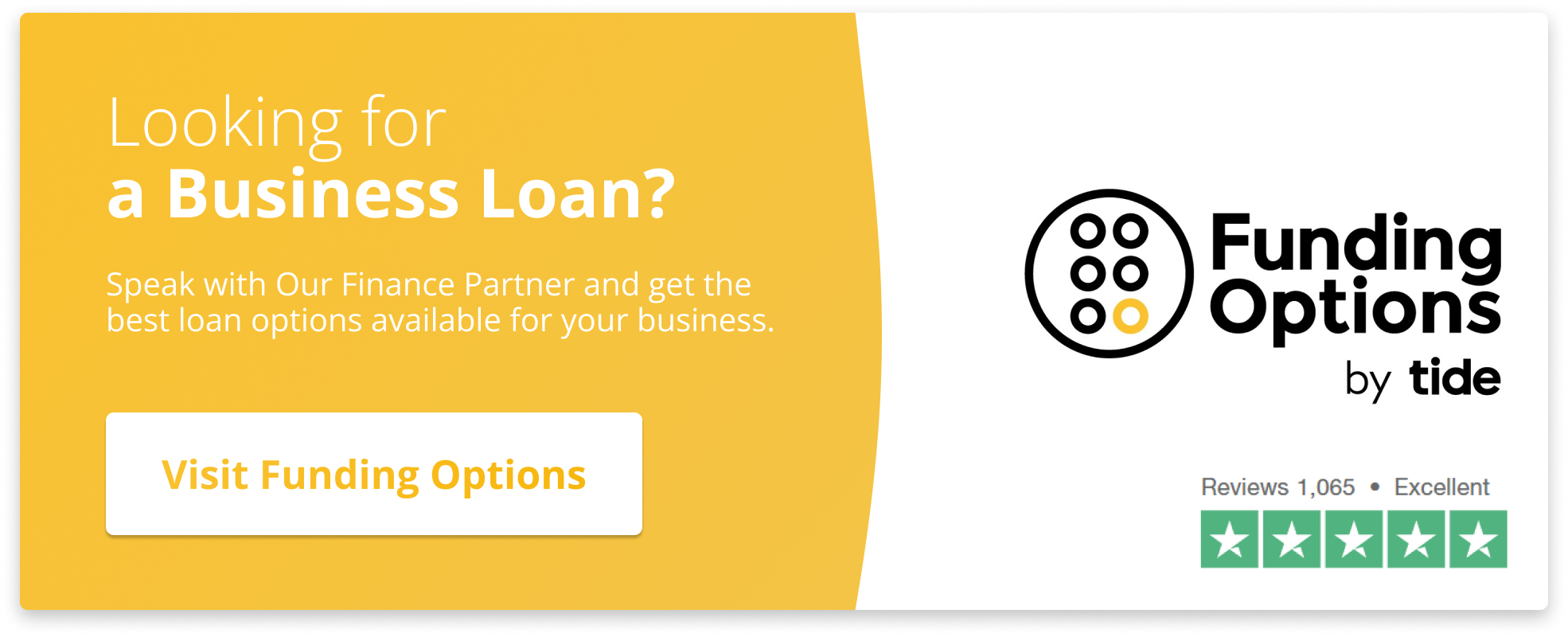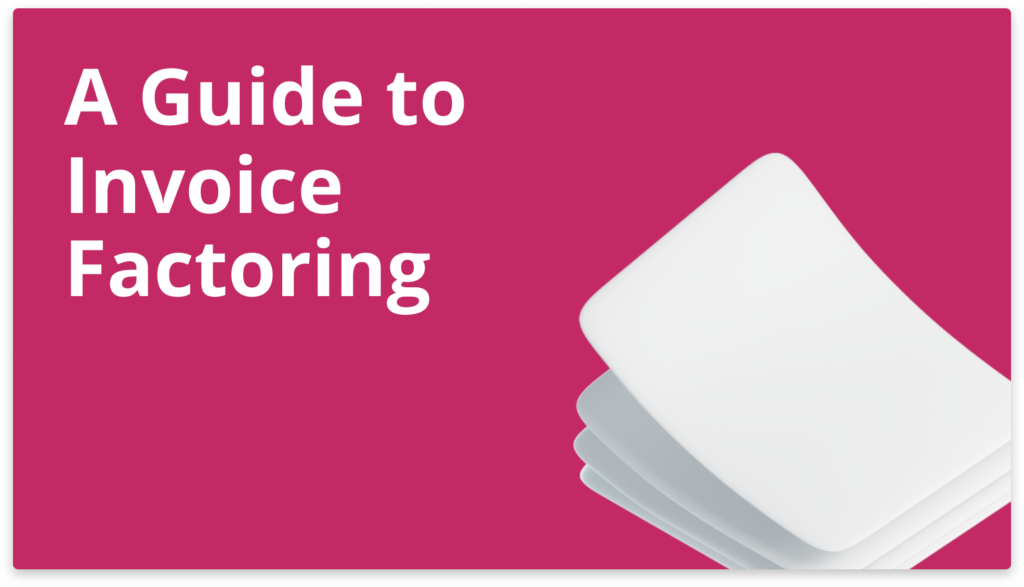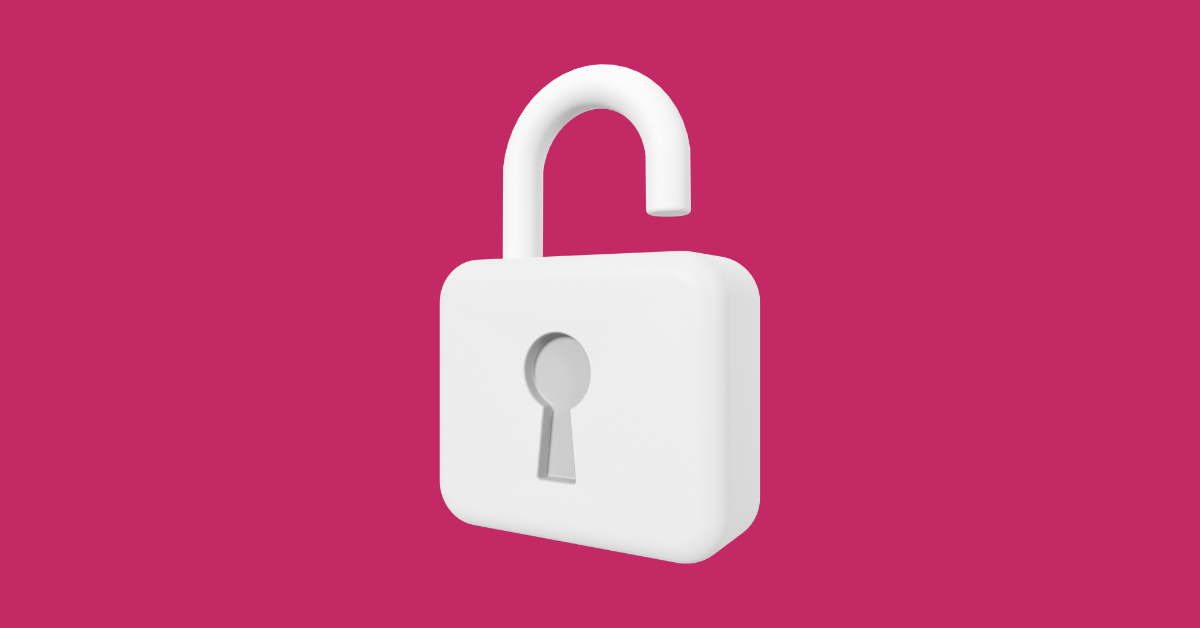Invoice factoring is an increasingly common form of alternative finance that provides working capital for businesses struggling with cash flow gaps. By selling outstanding invoices to a factoring company, businesses can access up to 80-90% of the invoice value immediately.
This guide will explain what invoice factoring is, how the process works, its costs, advantages and disadvantages, and who can use it.
We can also help you obtain invoice finance at highly competitive rates.

- What is Invoice Factoring?
- Why Use Invoice Factoring?
- How Does Invoice Factoring Work?
- What are the Typical Rates & Fees for Invoice Factoring?
- Pros and Cons of Invoice Factoring
- Can Any Business Use Invoice Factoring?
- How Much Does Factoring Invoices Cost?
- How Does a Factoring Company Buy Invoices?
- What’s the Difference Between Invoice Finance and Factoring?
- Is Invoice Factoring a Loan?
- What’s the Difference Between Invoice Factoring and Discounting?
- Can I Factor Invoices Selectively?
- What is the Meaning of Reverse Factoring?
- Recourse and Non-Recourse Factoring
- How Can a Business Apply for Invoice Factoring?
- Invoice Factoring FAQ’s

What is Invoice Factoring?
Invoice factoring is a type of invoice finance where a business sells its outstanding invoices to a third party (known as a factor) at a discount. This allows the business to access cash quickly without having to wait for its customers to pay their invoices.
The factor will typically advance the business between 80% and 90% of the face value of the invoice, less a fee. The remaining balance will be paid to the business once the customer has paid the invoice in full.
Invoice factoring can be a helpful solution for businesses that are experiencing cash flow problems or that need to finance a new project. However, it is important to note that there are some risks associated with invoice factoring, such as the loss of control over the collection of invoices and the potential for the factor to charge high fees.
Why Use Invoice Factoring?
Invoice factoring speeds up access to funds and incoming cash flow, as receiving payment for invoices can sometimes be slow.
One of the problems for many businesses is that payment terms for invoices can be between 30 to 120 days, which can lead to cash flow issues. The gap in cash flow during this period has often been filled by either bank overdrafts or business loans. This is where alternative finance such as this type of accounts receivable financing can add value.
However, these options may not be available where businesses may have less-than-perfect credit. Invoice factoring, therefore, can offer a valuable solution for similar situations.
Here are some other reasons a company might choose to use invoice factoring:
- Improve Cash Flow: One of the most common reasons to use invoice factoring is to improve cash flow. Businesses that operate with long invoice payment terms might struggle with gaps in cash flow. By factoring invoices, these businesses can receive an immediate influx of cash, allowing them to cover their operational expenses without waiting for customers to pay their invoices.
- Funding Growth: If a business is growing quickly and needs funds to meet increasing demand, invoice factoring can provide the necessary capital. It allows businesses to leverage their existing sales, rather than taking on debt or equity financing.
- Mitigating Customer Payment Risk: In invoice factoring, the factoring company usually takes over the risk of customer non-payment (in what’s known as “non-recourse” factoring). This can be beneficial if a business has concerns about the reliability of its customers’ payments.
- Solving Seasonal Sales Fluctuations: For businesses with seasonal sales, cash flow can be a problem during the off-season. Invoice factoring can help smooth out cash flow, providing cash when sales are slow.
- Reducing Time Spent on Collections: Factoring companies typically take on the responsibility of collecting invoice payments. This means businesses can spend less time on collections and more time focusing on their core operations.
- No Collateral Required: Unlike traditional bank loans that require collateral, invoice factoring uses the business’s invoices as the collateral, which can be a better option for businesses that lack physical assets.
How Does Invoice Factoring Work?
Here is the basic process of invoice factoring:
- A business provides goods or services to a customer and generates an invoice.
- The business then sells and assigns that invoice to a factoring company.
- The factoring company conducts due diligence to estimate the risk of non-payment by the customers and then pays the original business an agreed-upon percentage of the invoice value. This is known as the advance rate, and it’s typically around 80%.
- Once the factor has collected the full amount of the invoice from the customer, the factoring company pays the remaining balance (the reserve) to the original business, minus a fee for their services.
- The factoring company then assumes the risk of collection on the invoice.
Here’s an example of Invoice Factoring
Dave owns a business that is currently experiencing some cash flow challenges. To alleviate this, he decides to use invoice factoring as a financial solution. He partners with a factoring company that offers to advance 80% of his invoice value upfront.
Let’s say Dave issues an invoice for £20,000 to one of his customers. With the agreed 80% advance rate, Dave’s business receives an immediate payment of £16,000 from the factoring company.
In addition to providing advance payment, the factoring company also takes over credit control duties as part of their service. This means that Dave no longer has to worry about the time-consuming task of chasing down customer payments – the factoring company will handle the invoice collection process on his behalf.
Once the customer pays the invoice in full to the factoring company, Dave’s business will receive the remaining 20% of the invoice value. However, this remaining amount will have the factoring company’s fees deducted. In this instance, let’s assume the fees are around £800.
Therefore, from the remaining £4,000 (£20,000 – £16,000), after deducting the £800 fees, Dave’s company will receive a final payment of £3,200.
In summary, Dave’s company received £16,000 upfront and then a final payment of £3,200, giving him a total of £19,200 from the original £20,000 invoice after the factoring process. The cost for the factoring service and improved cash flow is the £800 fee.
What are the Typical Rates & Fees for Invoice Factoring?
Invoice factoring comes with two principal fees: discount and service fees.
- Discount Rate – The discount rate is calculated as a percentage of your company’s monthly use. Depending on the risk, complexity, and your customer’s credit ratings, discount rates vary between 1.5 and 5% of the invoice total.
- Service Fee – This is the main admin fee charged by a factoring company and is typically 1-2%.
Pros and Cons of Invoice Factoring
Pros
- A quick, safe source of cash flow by financing accounts receivable and releasing working capital tied up in unpaid invoices
- It can lower time spent on administration and chasing late payments since the factor assumes responsibility for collecting the debt and
take over the management of your credit control - Factoring amounts can easily expand and contract with your sales ledger.
- Factoring is less expensive than turning to equity investors
- As experienced debt collectors, factoring companies’ professional and ‘gentle reminders’ can improve your customers’ and clients’ payment times on a long-term basis.
- Invoice financing can provide better cash-flow control where there may be different credit terms across your clients and customers
Cons
- It could affect customer relationships since you must let your customers know a third party is involved with collecting your invoices
- The costs are higher than a bank loan, so this type of finance works best for businesses with a high-profit margin that can absorb the costs.
- May reduce the scope for additional borrowing
- Loss of Control – Handing over responsibility to a third party for accounts receivable means you will have to give up an element of control
Can Any Business Use Invoice Factoring?
Invoice finance is just as effective for small businesses and startups as it is for larger companies. In assessing eligibility, factoring companies will look at several factors, including:
- The size and origin of the invoices you’re seeking payment for
- Time frames
- Potential risks
- Your companies credit score and reputation
This last consideration is less important since the risk for the factor lies with the credibility of the business owing the outstanding invoice. This is because factoring companies are more interested in the strength of your customer’s credit than your own.
Invoice financing can be ideal for brand-new businesses, startups and even companies with poor credit to attain finance more effectively. The rates may simply be slightly higher, as a result, for less established businesses or those with bad credit.
How Much Does Factoring Invoices Cost?
Invoice factoring costs differ depending on some factors, including the value of the invoices in question, the size of the company (small business factoring or factoring invoices for larger companies), and the apparent level of risk for the lending partner.
The costs are broken down into a service charge and the discounting or factoring fee (discount rate). There may also be additional fees for things like credit protection or a decision to end the service early.
Read our full article here about invoice finance and factoring costs.
How Does a Factoring Company Buy Invoices?
Most factoring companies purchase invoices in two instalments. The first instalment – the factoring advance – covers about 80% of the receivable (this amount varies). The remaining 20%, less the factoring fee, is rebated as soon as your client pays the invoice in full.
Here are the steps:
- You submit the invoices for purchasing
- The factoring company sends you the advance (e.g., 80% of the invoice)
- Your client pays 30 to 120 days later
- The factoring company sends you the rebate (e.g., 20%, less the fee)
What’s the Difference Between Invoice Finance and Factoring?
Invoice finance is the common terminology for the whole accounts-receivable finance sector. Factoring and discounting are, therefore, types of asset-based financing covered by the umbrella term ‘invoice finance’, and they both share common principles.
Is Invoice Factoring a Loan?
Factoring is not considered a loan but a form of asset-backed finance. The key point of difference with a loan is that neither part issues or secures debt as a part of the transaction.
What’s the Difference Between Invoice Factoring and Discounting?
The key difference between invoice factoring and discounting is that while invoice discounting allows the business to retain control of its sales ledger and invoice collection, factoring gives the invoice finance provider that role.
Invoice Factors will manage their own credit control and chase customers directly to settle invoices.
Some businesses may be concerned about the factor taking over the credit control for their business ledger due to the relationships with their clients and customers. Some factoring companies will have very little contact with your debtors and can sometimes provide a service to set up a separate bank account which they assume control of, under your business name. If the factor contacts your clients or customers, they can say they are your billing department to help keep relationships as intended.
Can I Factor Invoices Selectively?
Yes. This type of financing is called selective invoice factoring, selective invoice discounting, spot factoring, or single invoice financing. This is where you can pick and choose which invoices you wish to factor by selling individually selected invoices. This gives you the flexibility to choose the specific invoices that you factor.
What is the Meaning of Reverse Factoring?
Reverse factoring, also known as supply chain financing, is a finance solution initiated usually by a larger company that introduces a smaller one to its invoice finance provider.
The invoices to the smaller company are then secured against the larger invoices of the bigger company. So it’s a case of a big company lending its financial security to someone they work with, securing the stability of its supply chain in the process.
The process currently accounts for a small percentage of the invoice factoring market.
Recourse and Non-Recourse Factoring
Recourse factoring is standard practice unless otherwise specified, meaning if your customer doesn’t pay, it becomes your responsibility to cover the cost.
Non-recourse factoring is a specific product in its own right and is often referred to by lenders as ‘bad debt protection’. Bad debt protection protects your business from non-payment. There are circumstances where this is warranted. However, it comes with higher costs, as you might expect from the increased risk that the factor takes on.
How Can a Business Apply for Invoice Factoring?
Fortunately, there are many factoring companies in the UK, and Business Expert has access to the whole market. We are the only funding platform with an algorithmically controlled quote platform, allowing you access to your tailored report after completion. We have several options to apply for factoring services, whether you are looking to factor your business’ invoices selectively or you need a factoring facility to access funds, ongoing.
If you think your business may benefit from invoice financing, please feel free to either use our free invoice finance platform (below) that gives you access to the whole market, fill out the quick quote form towards the top of this page, or just send us an email. Alternatively, you can use the live chat feature on this page or call us anytime.
Invoice Factoring FAQ’s
Is Factoring Regulated in the UK?
The invoice finance industry is not currently regulated by the Financial Conduct Authority (FCA).
With this in mind you need to exercise due diligence with any provider you may choose, investigating the possibility of hidden fees which may not be immediately evident.
It’s worth pointing out that regulation, should it arise in the future, would almost certainly increase the costs of factoring. FCA regulation costs between £1,500 and £50,000 per company who applies so these costs would inevitably get passed onto consumers.
What is the difference between invoice financing and factoring?
Invoice finance is the generic term for accounts receivable finance, of which factoring is the most common example.
How Much Does it Cost to Factor Invoices?
You should expect to pay between 1-5% of the invoice value depending on the size of the invoice, and the level of risk perceived by the lender.



